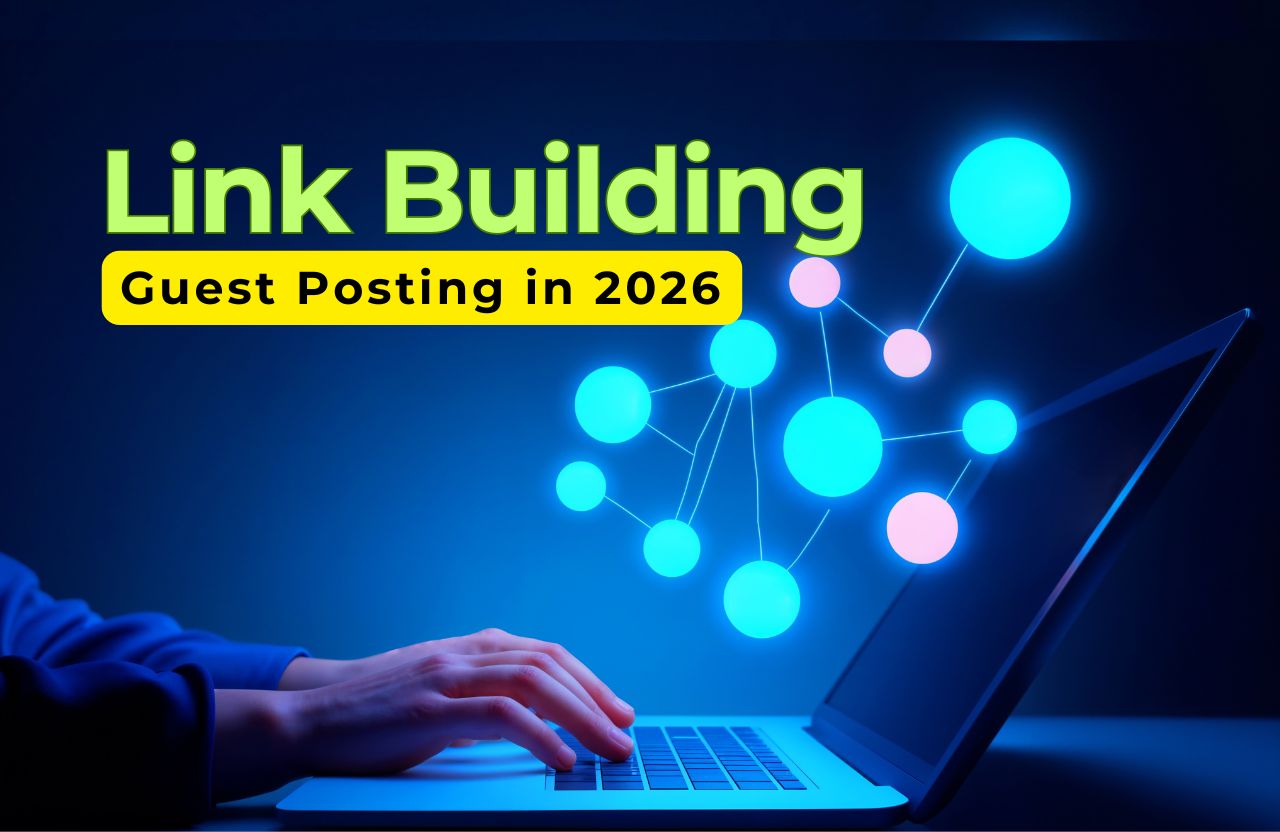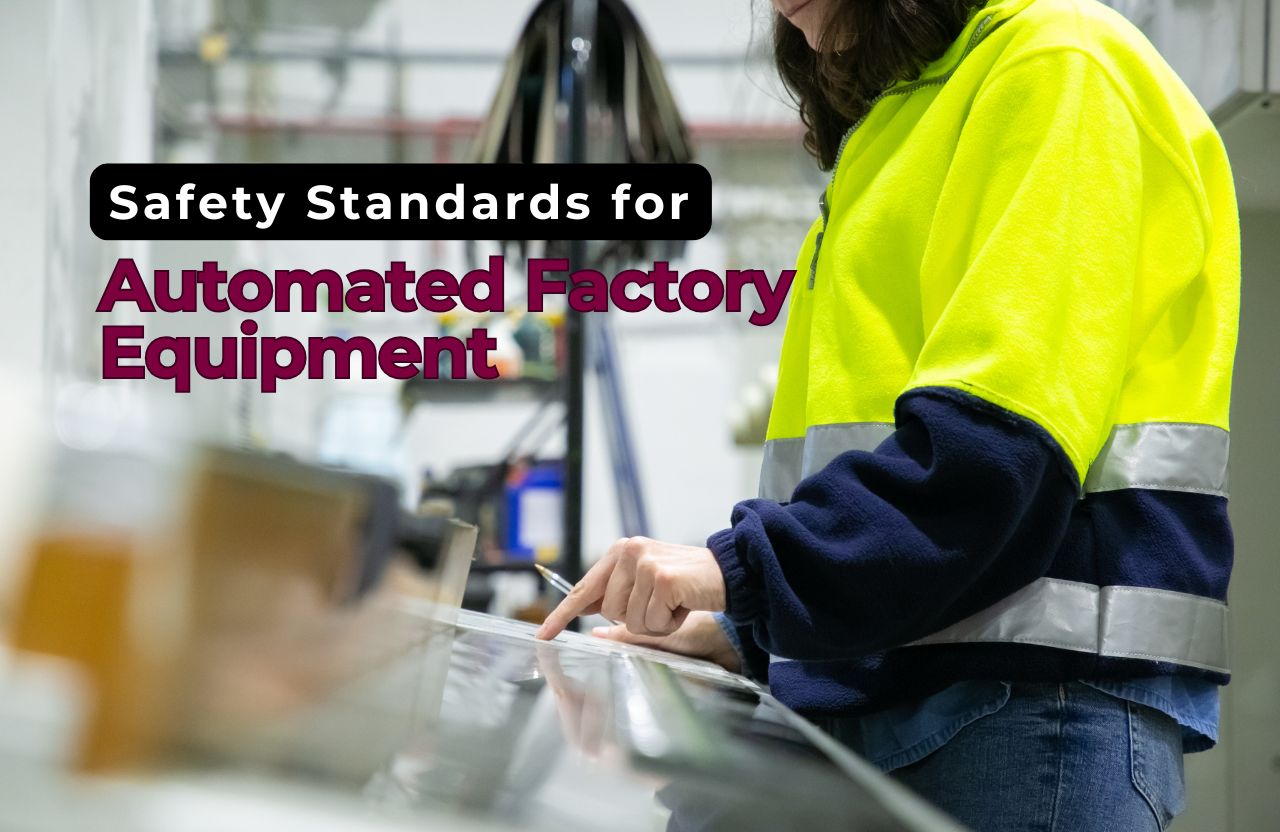Building a product that truly meets users’ needs is never a straight line—it’s a cycle of testing, learning, and improving. While launching a Minimum Viable Product (MVP) is a crucial first step, what you do next can determine whether your product thrives or fades into obscurity.
In this post, we’ll explore how user testing can be your compass, guiding you through iterative product development—from MVP to a market-ready solution.
Why the MVP Is Only the Beginning
Releasing a Minimum Viable Product (MVP) is an important milestone. It signals that you’ve taken a problem, built a solution, and are ready to test your assumptions in the real world. But contrary to popular belief, launching the MVP is not the end—it’s the beginning of a much more critical process: learning, refining, and evolving based on actual user experience.
The truth is, most MVPs don’t get it right on the first try. That’s not a failure, it’s an opportunity. An MVP isn’t about perfection; it’s about setting up a feedback loop that helps you understand what real users need, what they value, and how they behave when faced with your product.
This is where user testing becomes your most valuable asset. It’s not just a tactic—it’s a mindset that shifts your approach from “build and hope” to “build, test, learn, and iterate.”
The Role of User Testing in Modern Product Development
User testing bridges the gap between what you think your product does and what it actually does for users. It’s a reality check, helping teams step out of their own assumptions and into the shoes of the people they’re building for.
In an environment where speed, relevance, and user satisfaction drive success, relying on intuition alone is risky. User testing provides the data-driven insights needed to make informed decisions during every stage of development.
Why User Testing Matters:
- Reveals usability issues before launch
- Prevents wasted development time by confirming what users really want
- Identifies unmet needs and areas for growth
- Boosts retention and satisfaction through a more intuitive user experience
- Builds internal alignment by grounding conversations in real feedback
Types of User Testing and When to Use Them
Different stages of product development benefit from different types of testing. Knowing what kind of test to run—and when—is crucial to getting meaningful results.
A. Discovery Testing (Before or During MVP)
Purpose: Explore the problem space and understand user needs before building.
Approach: Conduct open-ended interviews, analyze user journeys, and map workflows.
When to Use: During ideation or while designing the first version of the product.
B. Usability Testing (Post-MVP)
Purpose: Evaluate how easily users can navigate your product.
Approach: Ask users to complete key tasks while you observe their behavior.
When to Use: Right after launching your MVP or when introducing new flows or designs.
C. Comparative Testing (During Feature Development)
Purpose: Measure which version of a feature or design performs better.
Approach: Show different groups different versions and analyze differences in behavior.
When to Use: When choosing between two or more design or feature options.
D. Pilot or Beta Testing (Pre-Launch)
Purpose: Catch edge cases and unexpected issues before full rollout.
Approach: Release your product to a small group of users and gather feedback.
When to Use: Just before releasing a new feature or version to your full audience.
E. Long-Term Testing (After Market Launch)
Purpose: Understand how behavior evolves over time.
Approach: Track engagement, run surveys, and follow up with users regularly.
When to Use: After you’ve achieved initial traction and are looking to optimize retention and growth.
Building a Continuous Feedback Loop
User testing should be part of an ongoing feedback loop—not a one-time event. This loop helps you validate changes, make improvements, and stay closely aligned with user expectations.
Step-by-Step Framework:
Step 1: Define a Clear Learning Goal
Start every test with a specific question in mind. Avoid vague objectives. For example:
- Are users confused by the sign-up flow?
- What stops users from completing their first task?
Step 2: Prepare a Realistic Scenario
Have users engage with your product in a setting that mimics real use. Focus on flows, not individual screens.
Step 3: Observe, Don’t Explain
Let users complete tasks without instruction. The moment someone asks, “What do I do here?” you’ve found a learning opportunity.
Step 4: Capture Behavior and Feedback
Take notes, record sessions (if possible), and ask follow-up questions. Focus on behavior over opinion.
Step 5: Identify Patterns
One user’s frustration is an anecdote. If five users face the same issue, that’s a trend worth addressing.
Step 6: Act and Iterate
Translate findings into prioritized action items. Then go back and test the new iteration to see if it resolved the issue.
Turning Insights Into Action: Iterating With Purpose
The purpose of user testing isn’t just to collect data—it’s to guide product improvement. Every test should lead to meaningful iteration.
How to Prioritize Feedback:
Assess Impact vs. Effort
Rate each issue by how severely it affects the user and how difficult it is to fix. Focus on high-impact, low-effort wins first.
Look for Root Causes
Don’t just fix what users say—they may not always articulate the real issue. Dig into the why behind their confusion or frustration.
Frame Work Around Jobs-to-Be-Done
Design updates around the core job users are trying to complete, rather than just tweaking visuals or labels.
Validate Every Change
Just because a change makes sense to the team doesn’t mean it will help the user. Test again to confirm the impact.
Common Pitfalls in User Testing—and How to Avoid Them
Even with good intentions, user testing can go off track. Be aware of these common traps:
A. Asking Leading Questions
Avoid asking, “Was that easy?” Instead, ask, “What would you expect to happen here?”
B. Over-indexing on One User’s Feedback
Single pieces of feedback should be noted but not overemphasized unless confirmed by others.
C. Testing Too Late
The later you test, the harder and more expensive changes become. Test early and often—even with rough prototypes.
D. Interpreting Silence as Success
Just because a user didn’t complain doesn’t mean they were satisfied. Watch what they do, not just what they say.
E. Failing to Document Findings
Insights aren’t useful if they live only in someone’s head. Share key takeaways and decisions with the whole team.
Real-World Examples: How Companies Iterated Their Way to Success
Example 1: Fixing Onboarding Confusion
A digital service noticed users dropping off before completing the first task. User tests revealed unclear language and missing visual cues. A redesigned flow with progress indicators and simplified copy reduced drop-off rates by over 40%.
Example 2: Restructuring a Navigation System
A platform offering multiple services tested its dashboard. Users consistently failed to find core features. By grouping features under goal-oriented categories, the team improved feature discovery and increased average session time.
Example 3: Simplifying a Checkout Flow
A mobile commerce app struggled with low conversion. User recordings showed hesitation at the address form. By shortening the form and pre-filling known details, the app improved purchase completion by 25%.
These examples demonstrate the power of small, focused iterations informed by real-world insights.
Structuring a Testing Framework Without External Tools
You don’t need a budget or premium tools to run great user tests. Here’s how to keep it simple and effective:
Recruit Participants
Start with your existing users, social media followers, or community members. Ask for 15–30 minutes of their time and offer a small thank-you in return.
Create a Feedback Template
Include:
- Task or scenario
- Observations
- Issues encountered
- Quotes or reactions
- Suggestions (user-driven)
Analyze Results in a Spreadsheet
Track issues by frequency, severity, and area of the product. This helps with prioritization and sprint planning.
Schedule Regular Review Sessions
Set aside time in your team’s calendar to go over findings and decide next steps.
Building a Culture of Testing and Iteration
User-centered development flourishes when testing becomes a team-wide priority—not just a research task.
How to Embed This Mindset:
- Make user feedback part of sprint reviews
- Share user insights visually—screenshots, quotes, short clips
- Involve designers, engineers, and product managers in live sessions
- Celebrate when testing challenges assumptions
- Treat each test as a chance to learn, not a pass/fail assessment
When the team sees testing as essential—not optional—your product evolves more confidently, more efficiently, and more meaningfully.
Final Thoughts: Evolving From Builder to Listener
The shift from MVP to market isn’t just technical—it’s philosophical. It requires teams to see the product not as something they own, but as something they co-create with users.
User testing turns product development into a collaborative process. It ensures that your decisions are grounded in reality and that your product serves real people with real needs.
If your goal is to build something that thrives—not just survives—then start listening more than you talk. Let your users guide you from possibility to product-market fit.
Because building with your users beats building for them—every time.












